Table of Contents
Preface
Who This Book Is For
Learning Erlang
Before You Start
What You Will Learn
The Limits of This Book
Help! It Doesn’t Compile or Run!
Diagnosing the Error
What Version of Erlang and Yaws Are You Running?
Is Everything Loaded Correctly?
Are You Calling Everything Correctly?
Is Mnesia Running with Correct Tables?
Is the Example Just Plain Wrong?
Conventions Used in This Book
Using Code Examples
Safari® Books Online
How to Contact Us
Acknowledgments
Chapter 1. Building Scalable Systems with Erlang and REST
Why Erlang?
Erlang’s Advantages
Lack of Types
OTP—For More Than Just Telecom!
Why Web Services? Why REST?
New Opportunities for Scaling and Resilience
Cloud Computing
System Architecture and Erlang Scaling
Scaling up versus scaling out
Amdahl’s law
Data Storage Options
Mnesia
CouchDB
MongoDB
Redis
Riak
Chapter 2. Getting Started with Yaws
Working with Yaws
Starting Yaws
Serving Static Files
Compiling, Loading, and Running Code
Clustering Yaws
Dynamic Content in Yaws
EHTML
Headers and Redirects
Templates
ErlyDTL
Logging
Erlang OTP error_logger
Chapter 3. Appmods: Dynamic Content in Yaws
Appmod Configuration
When the URI Does Not Correspond to a File
Cookies
Session Handling
Access Control
Interacting with Erlang Services and Business Logic Layers
Chapter 4. Implementing REST
Decoding a Request
Extracting the User’s Request
Response and Headers
Building the Response
JSON
XML
Responding to the REST Request
A Full Example
Chapter 5. File Upload
The File Upload Request
Saving to Disk
Putting It All Together
Storage in a Distributed System
Saving to Amazon S3
Chapter 6. WebSockets
The WebSocket Request
Basic WebSocket Handler
Advanced WebSocket Handler
Chapter 7. Streaming
Simple Streaming
Chapter 8. Using the HTTP Client
Making a Request
Using OAuth
Facebook Canvas
Chapter 9. Building an Application with OTP
Directory Structure
Building an Application Server
The Generic Server
The Multicast Server
Interfacing the Server with the Web
Some Client-Side Code
Let’s Have Some Adult Supervision Around Here!
A Little Optimization
Bundling as an Application
The App File
Wrapping Up OTP
Appendix A. Installing Erlang and Yaws
Appendix B. Beyond Yaws
Web Servers
Cowboy
MochiWeb
Misultin
Web Frameworks
Chicago Boss
Nitrogen
Zotonic
Appendix C. Interfacing with Ruby and Python
Ruby
Python
Appendix D. Using Erlang with Emacs
Distel
Flymake Mode
Gen Server Template
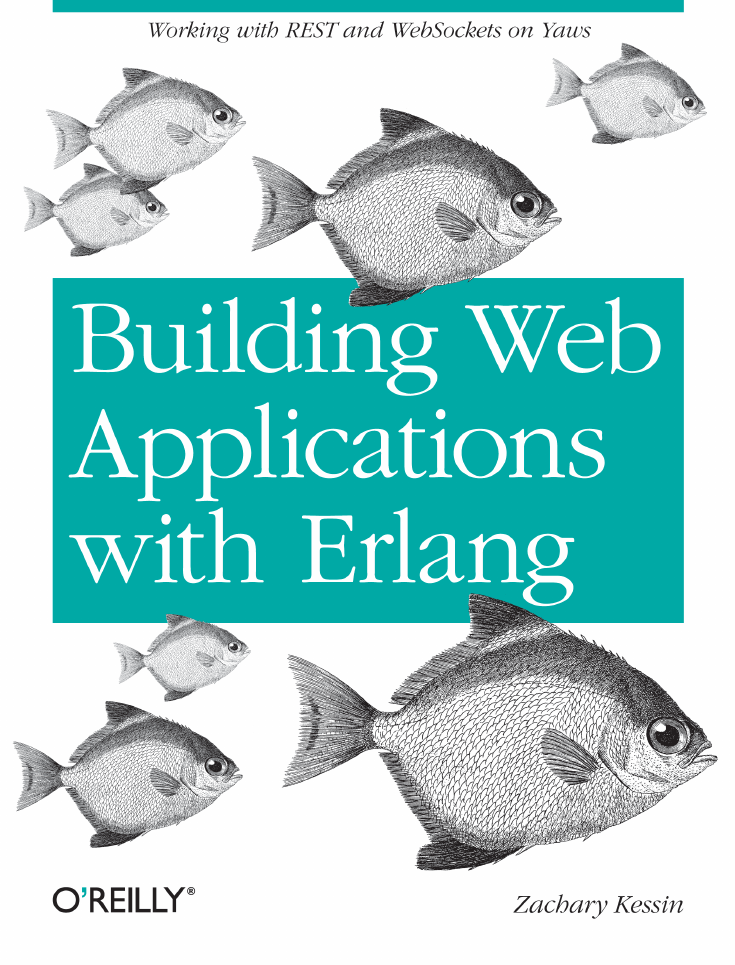
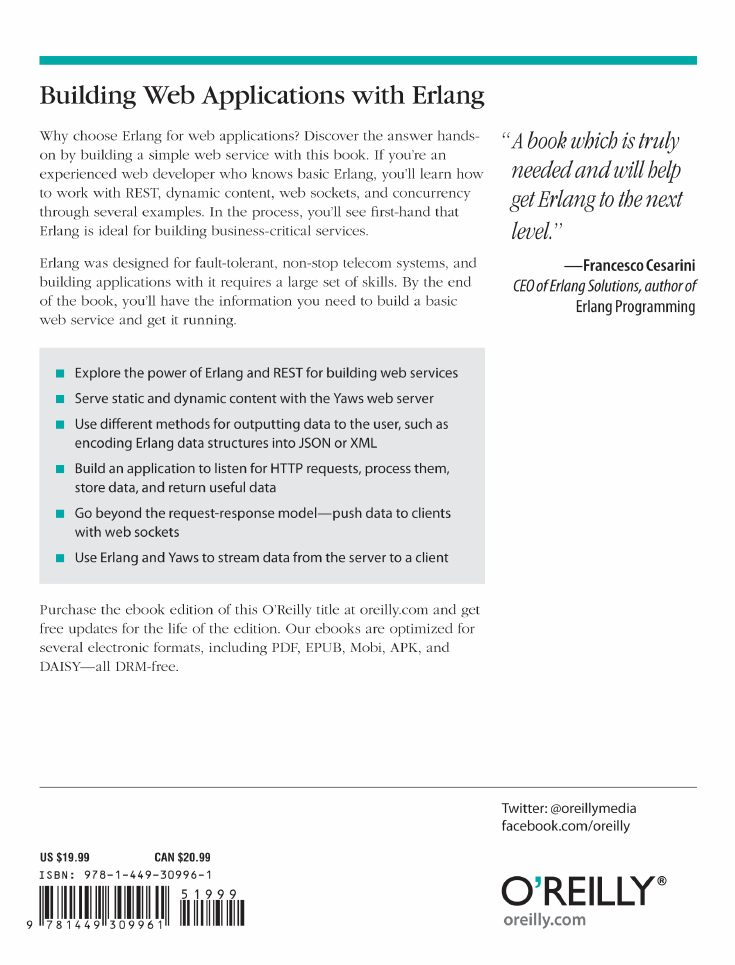
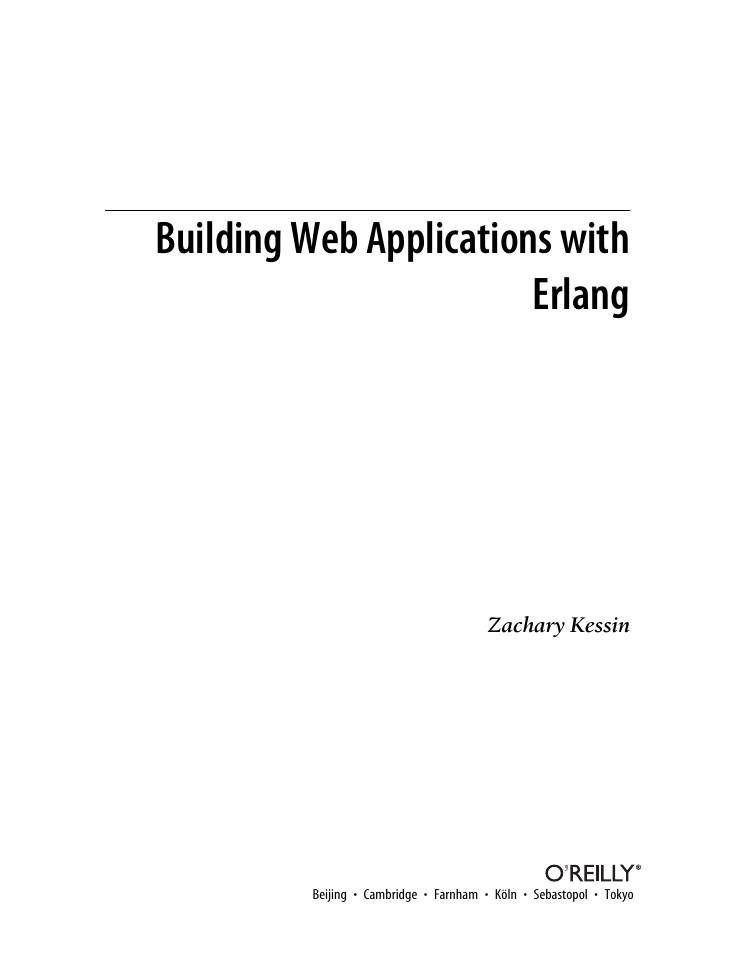
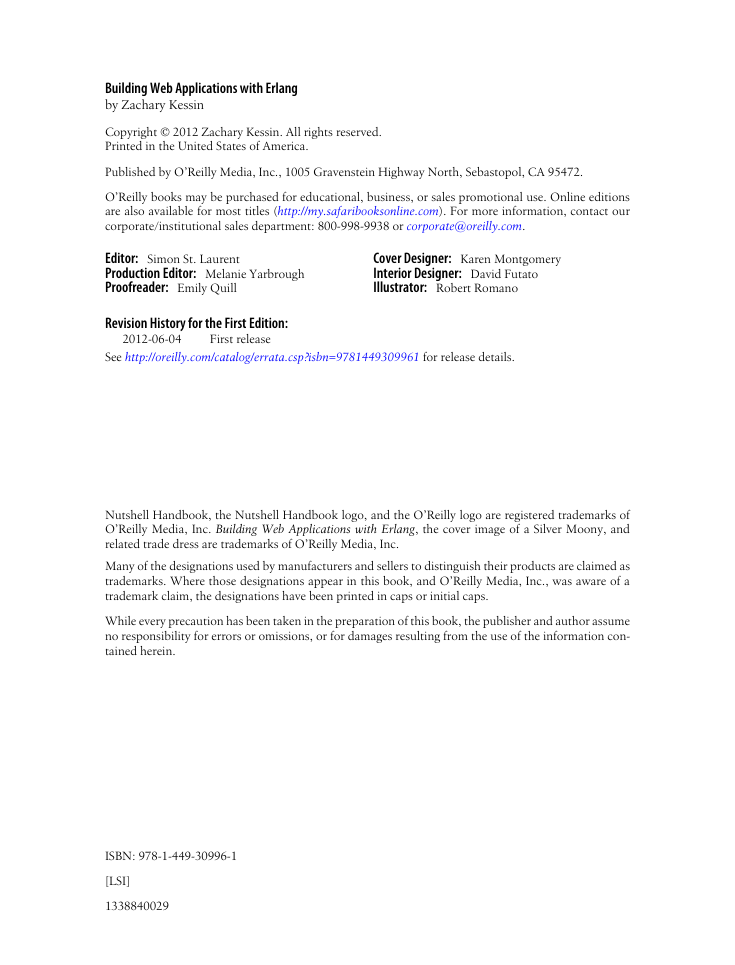
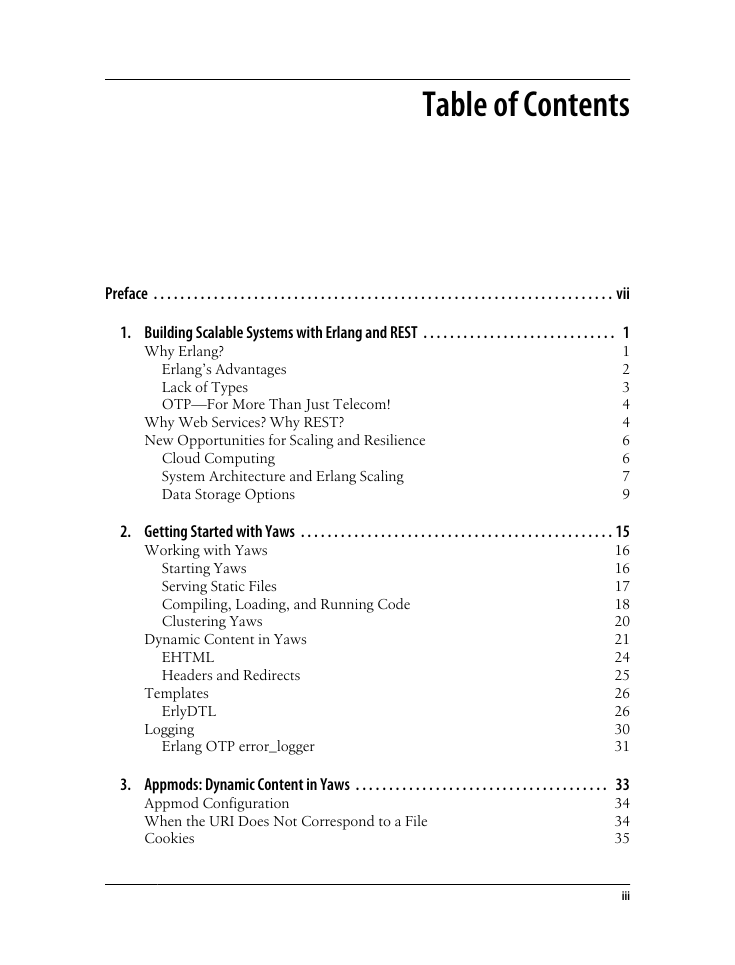
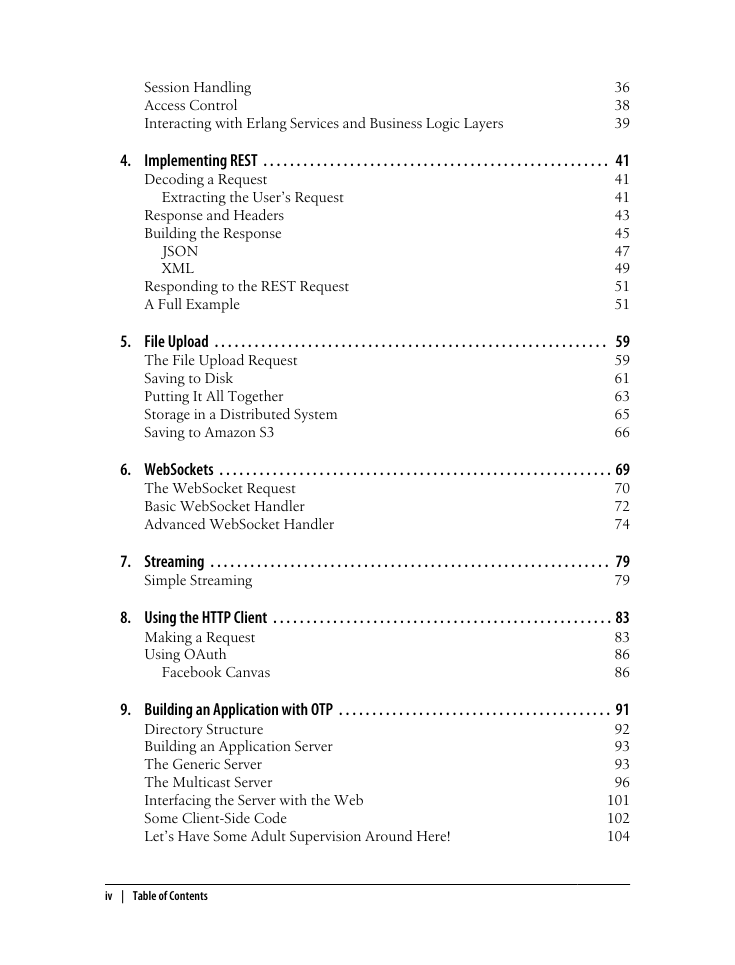
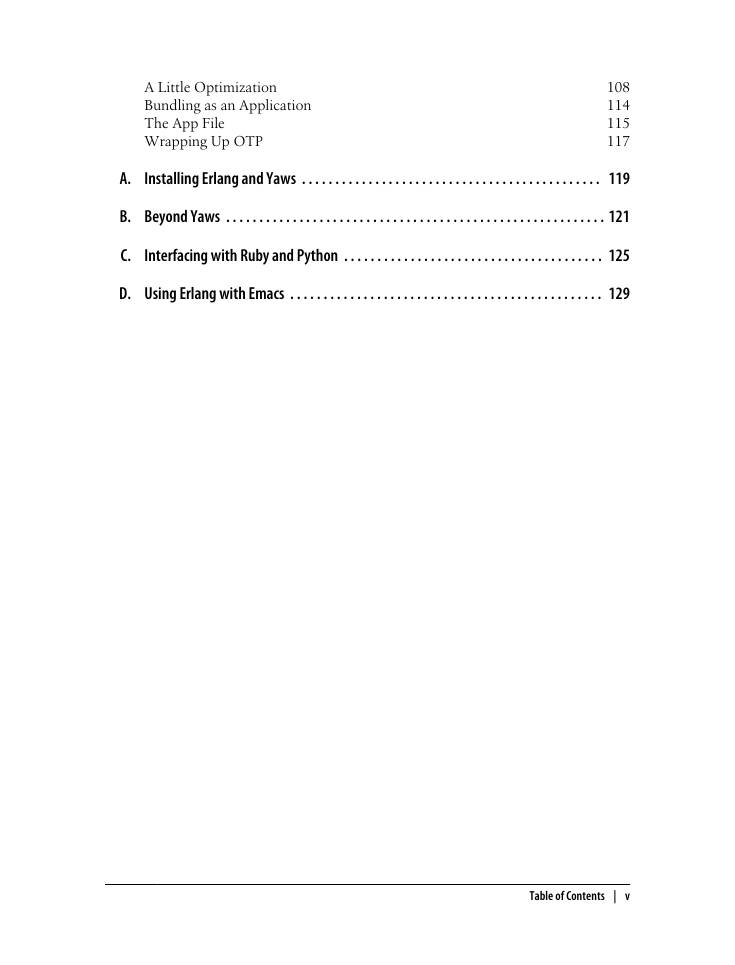









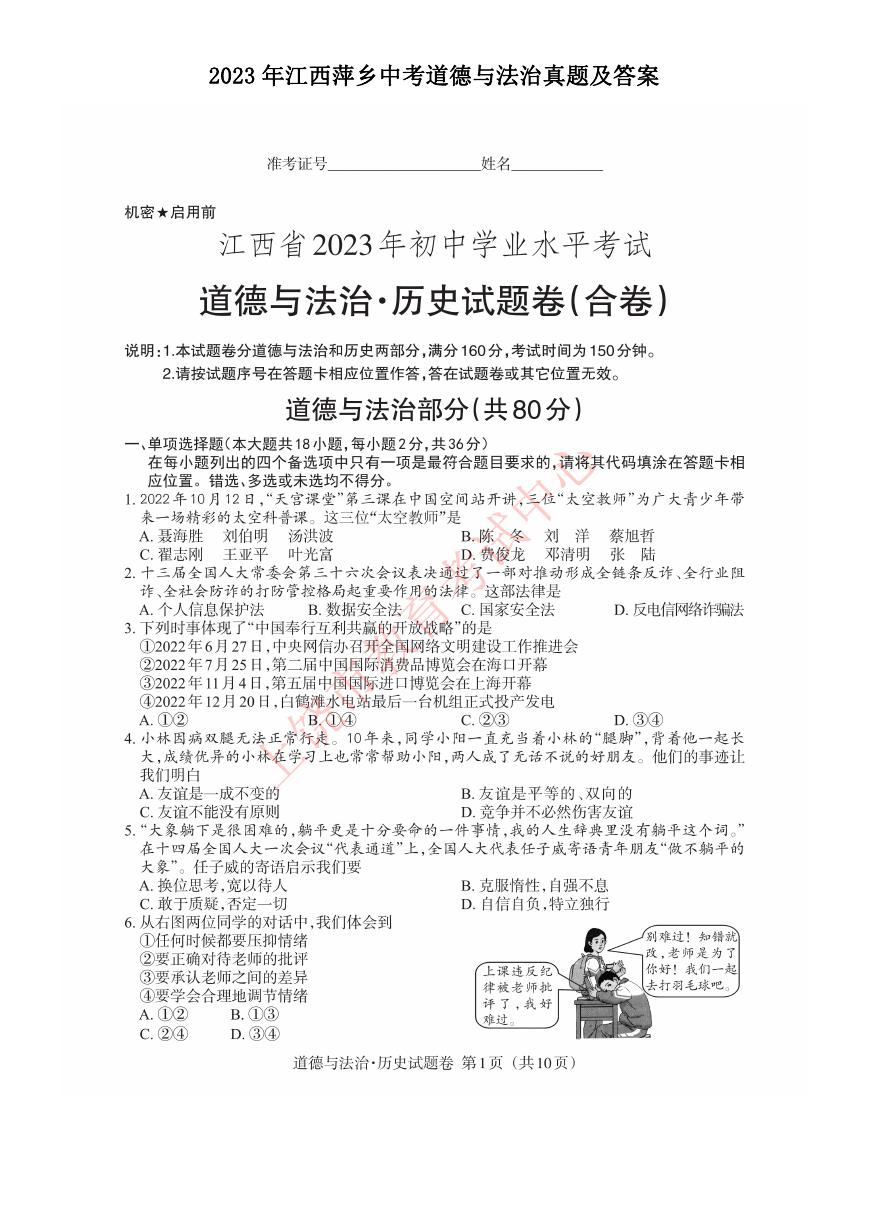 2023年江西萍乡中考道德与法治真题及答案.doc
2023年江西萍乡中考道德与法治真题及答案.doc 2012年重庆南川中考生物真题及答案.doc
2012年重庆南川中考生物真题及答案.doc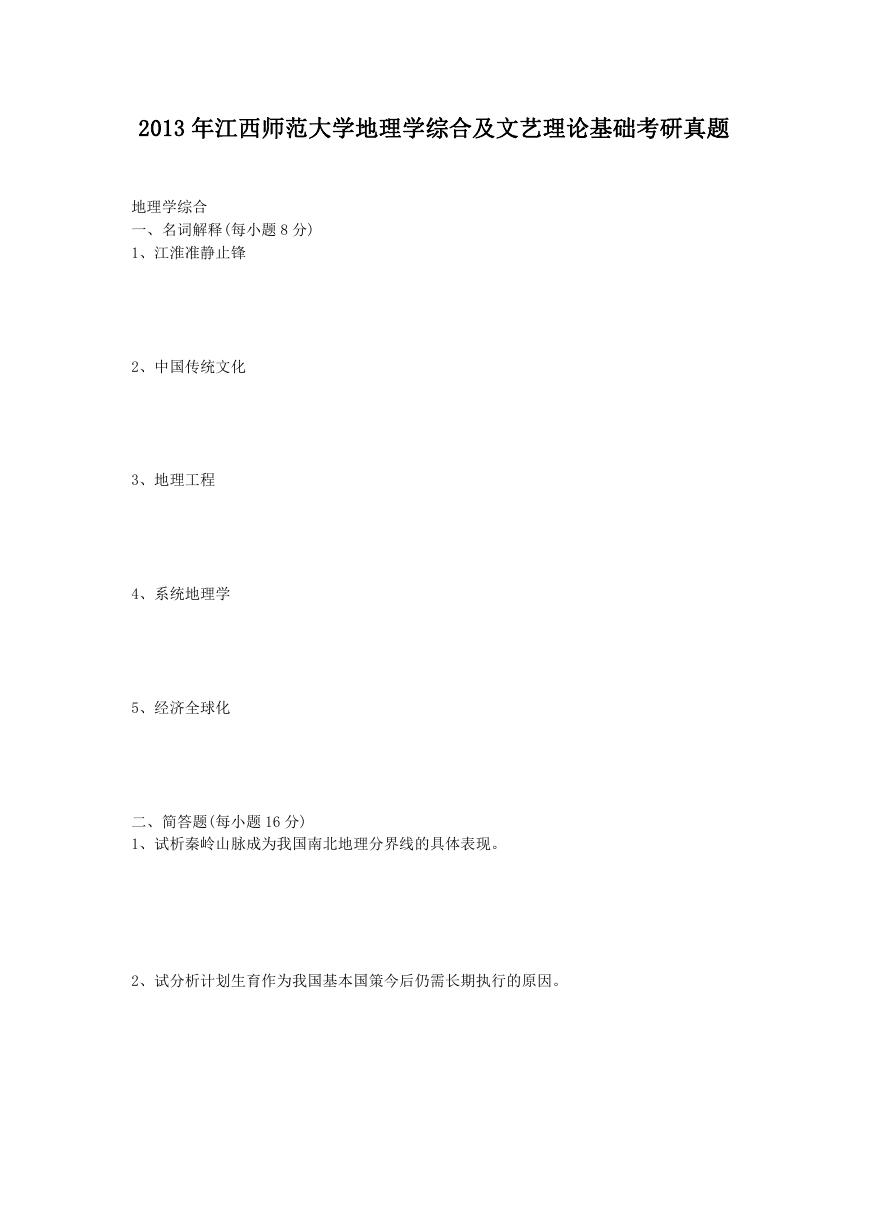 2013年江西师范大学地理学综合及文艺理论基础考研真题.doc
2013年江西师范大学地理学综合及文艺理论基础考研真题.doc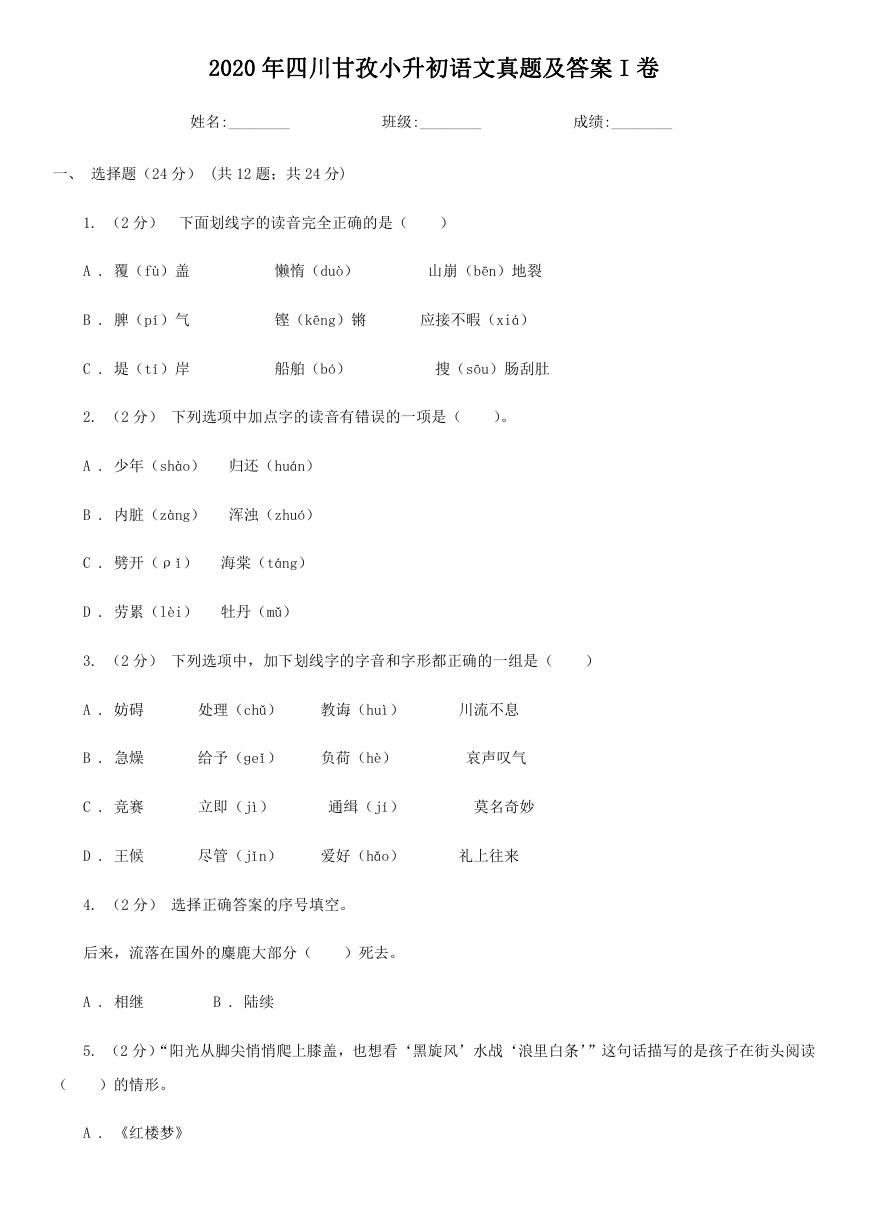 2020年四川甘孜小升初语文真题及答案I卷.doc
2020年四川甘孜小升初语文真题及答案I卷.doc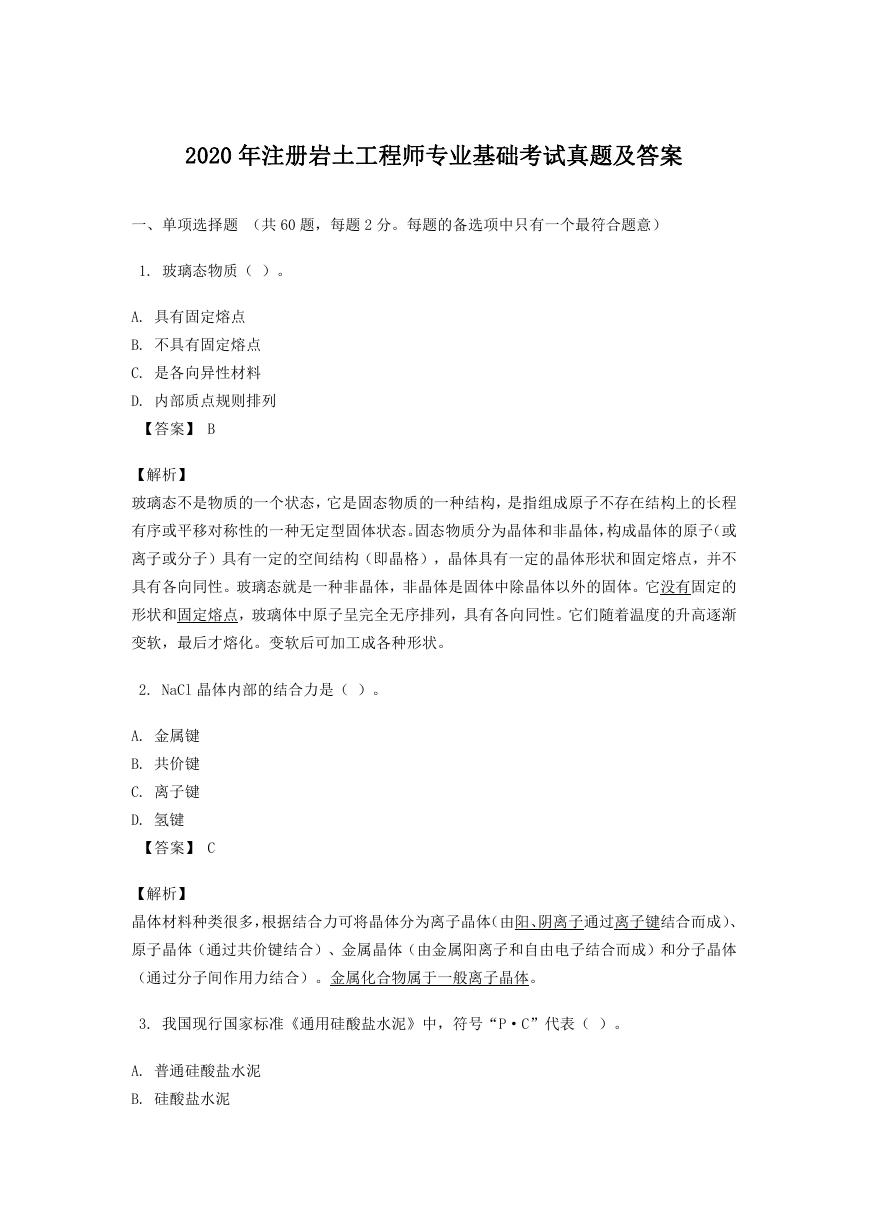 2020年注册岩土工程师专业基础考试真题及答案.doc
2020年注册岩土工程师专业基础考试真题及答案.doc 2023-2024学年福建省厦门市九年级上学期数学月考试题及答案.doc
2023-2024学年福建省厦门市九年级上学期数学月考试题及答案.doc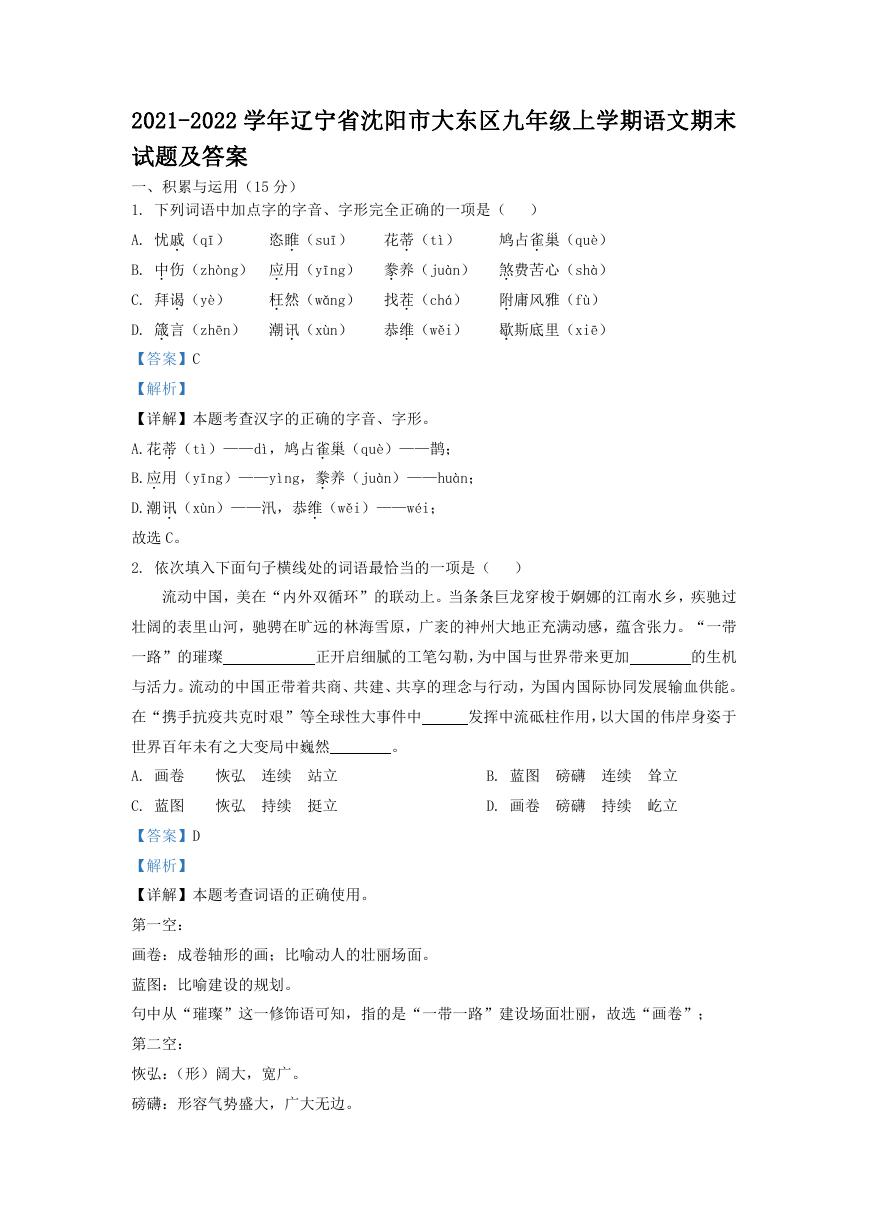 2021-2022学年辽宁省沈阳市大东区九年级上学期语文期末试题及答案.doc
2021-2022学年辽宁省沈阳市大东区九年级上学期语文期末试题及答案.doc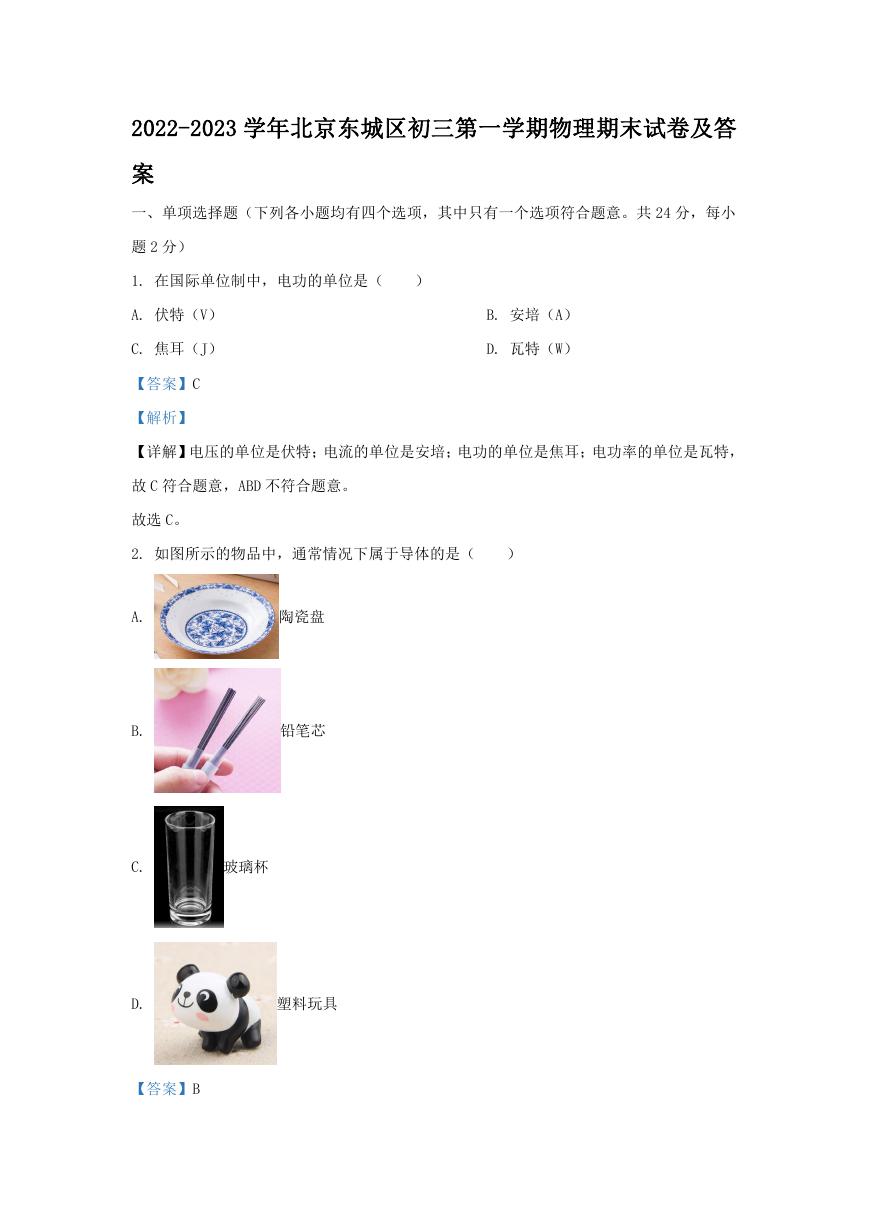 2022-2023学年北京东城区初三第一学期物理期末试卷及答案.doc
2022-2023学年北京东城区初三第一学期物理期末试卷及答案.doc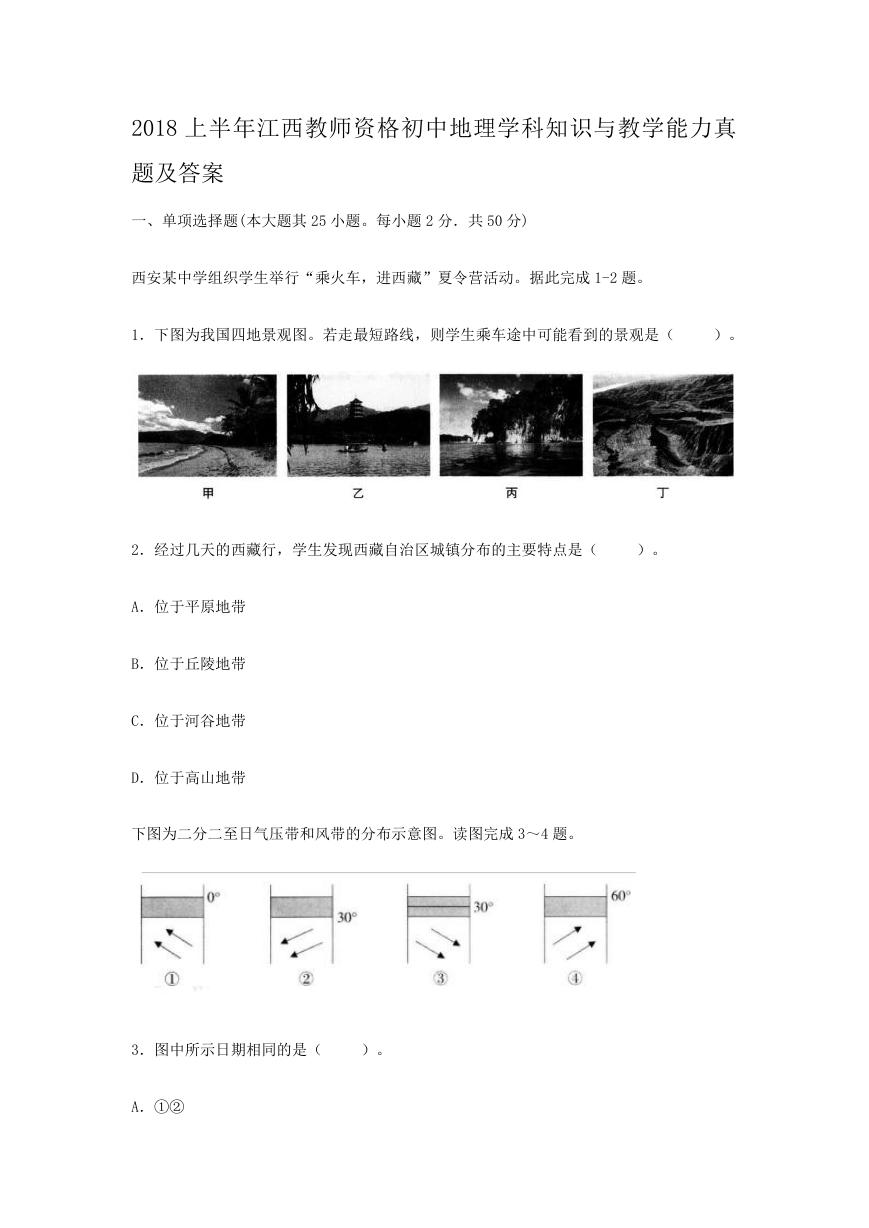 2018上半年江西教师资格初中地理学科知识与教学能力真题及答案.doc
2018上半年江西教师资格初中地理学科知识与教学能力真题及答案.doc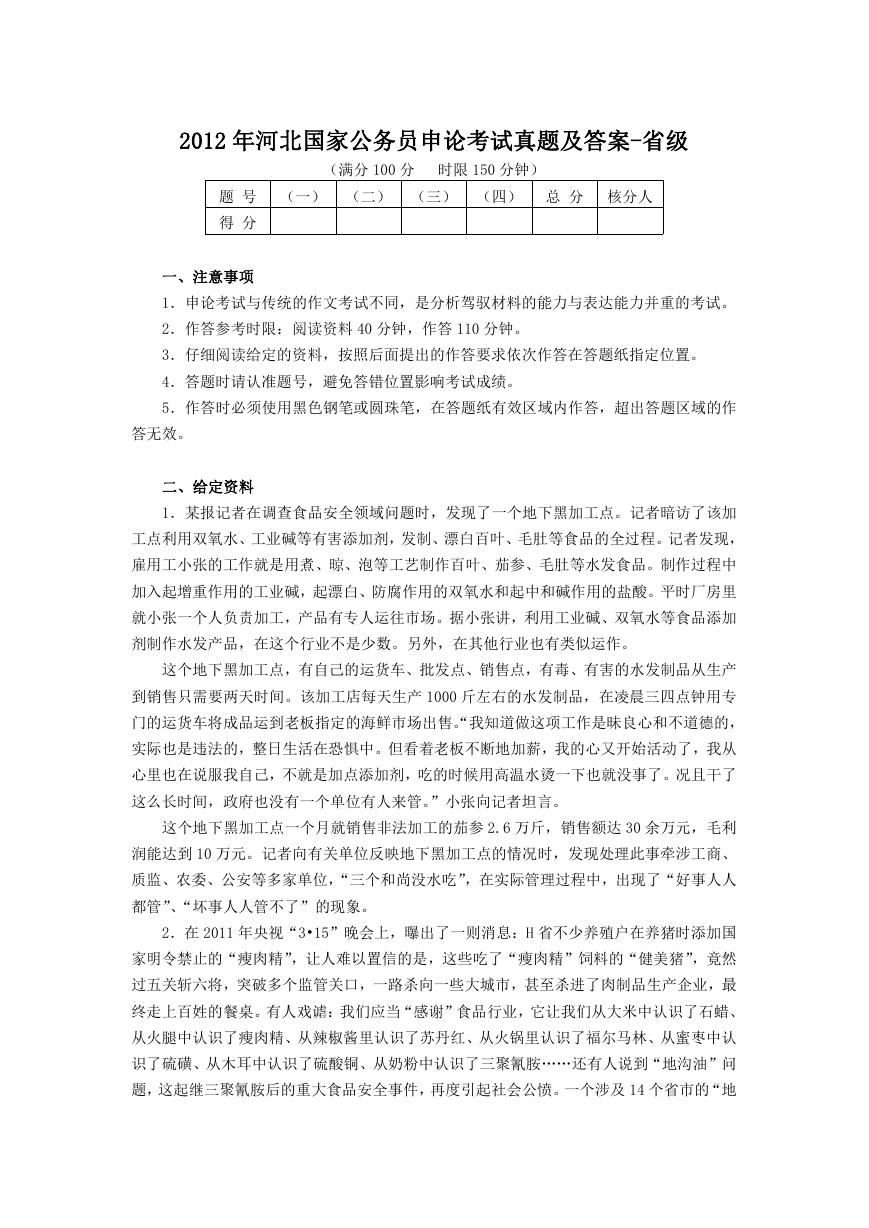 2012年河北国家公务员申论考试真题及答案-省级.doc
2012年河北国家公务员申论考试真题及答案-省级.doc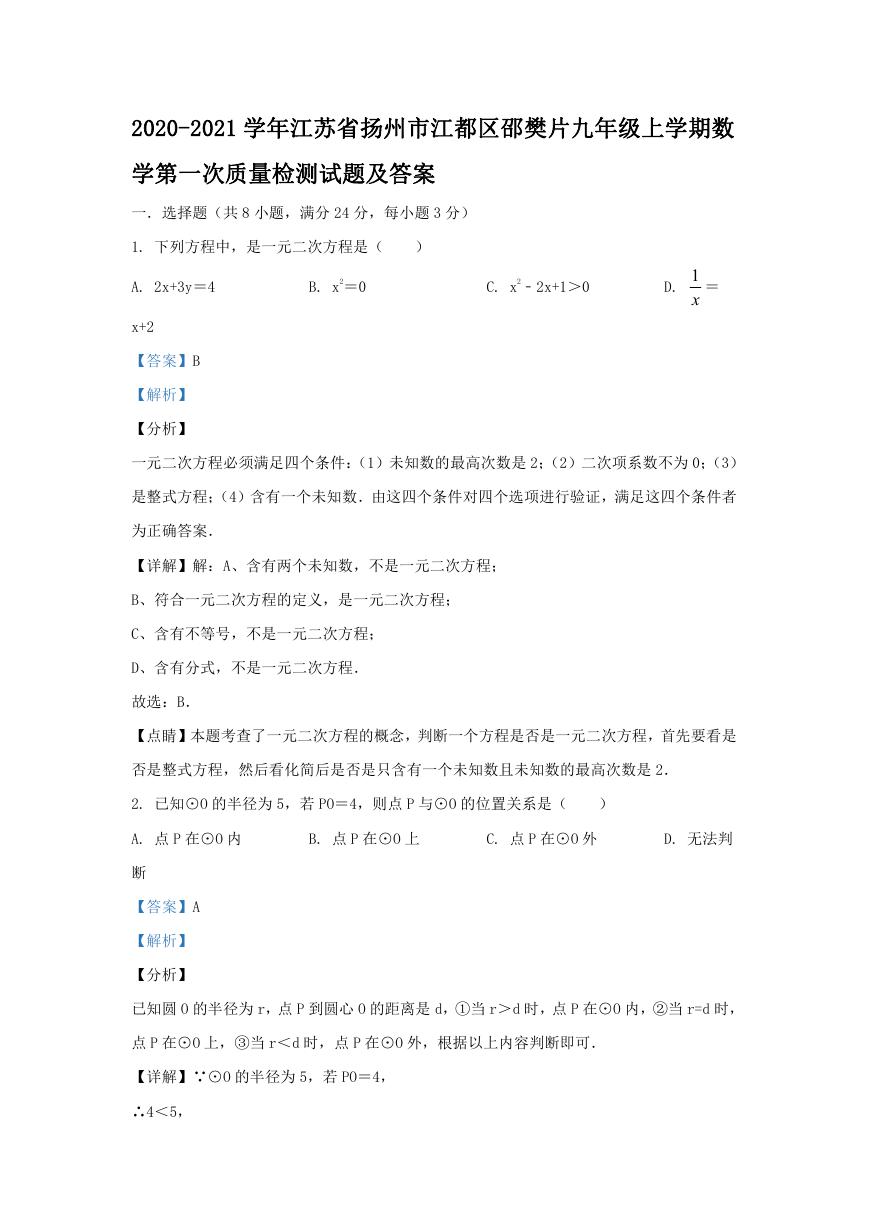 2020-2021学年江苏省扬州市江都区邵樊片九年级上学期数学第一次质量检测试题及答案.doc
2020-2021学年江苏省扬州市江都区邵樊片九年级上学期数学第一次质量检测试题及答案.doc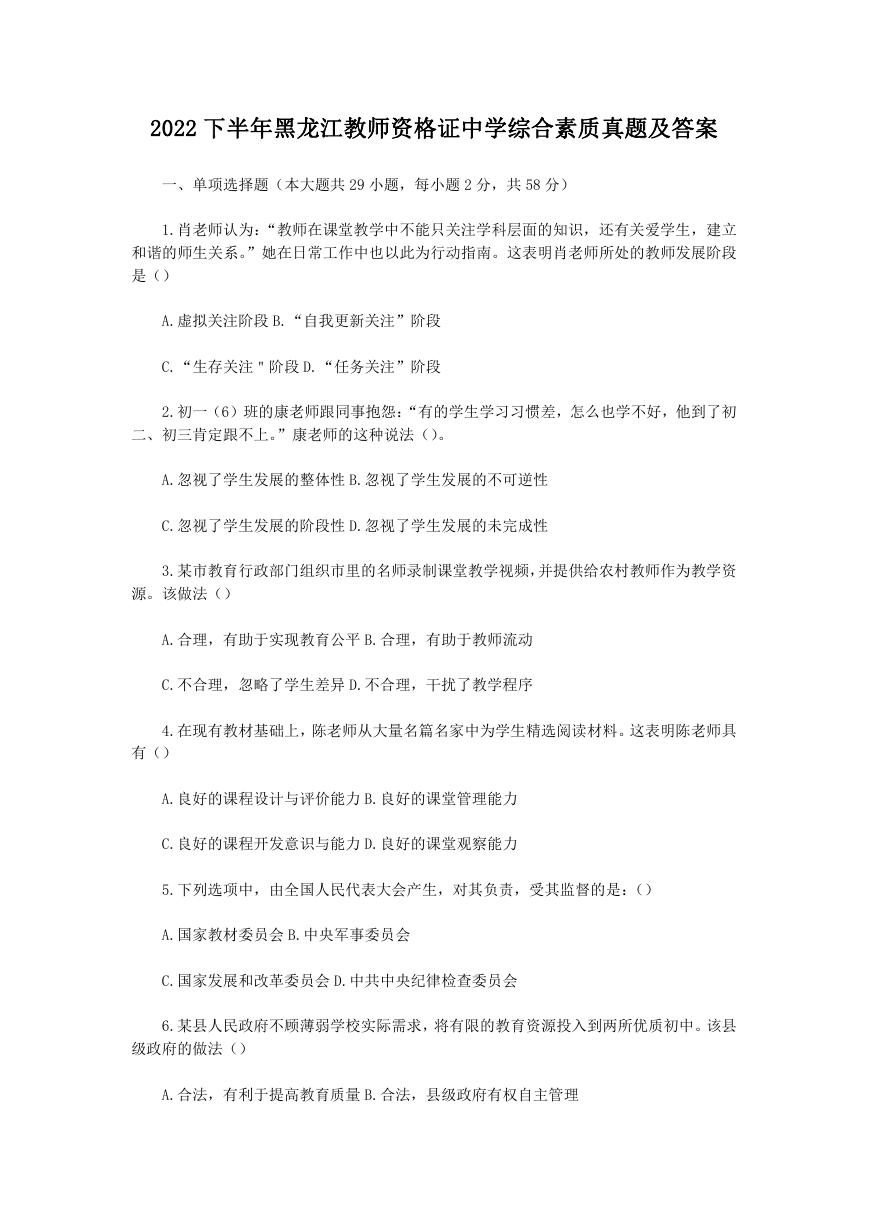 2022下半年黑龙江教师资格证中学综合素质真题及答案.doc
2022下半年黑龙江教师资格证中学综合素质真题及答案.doc